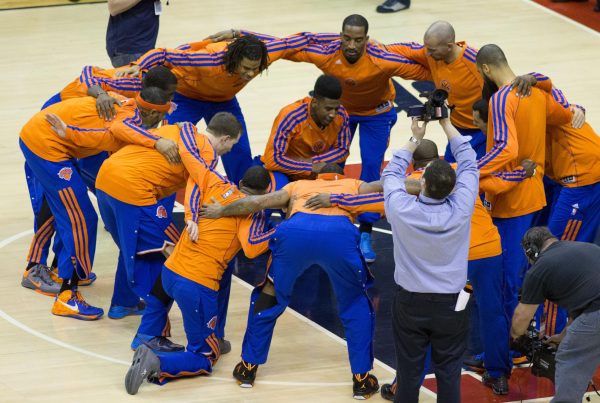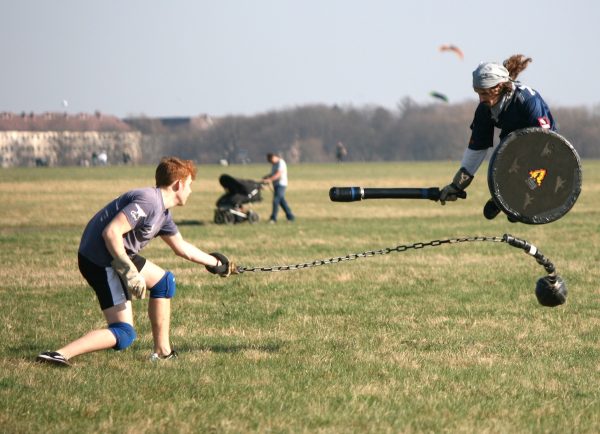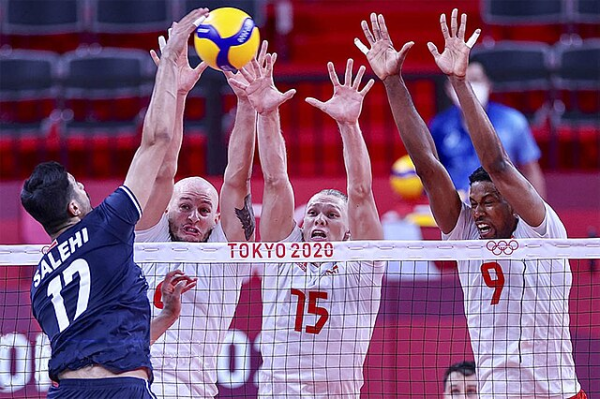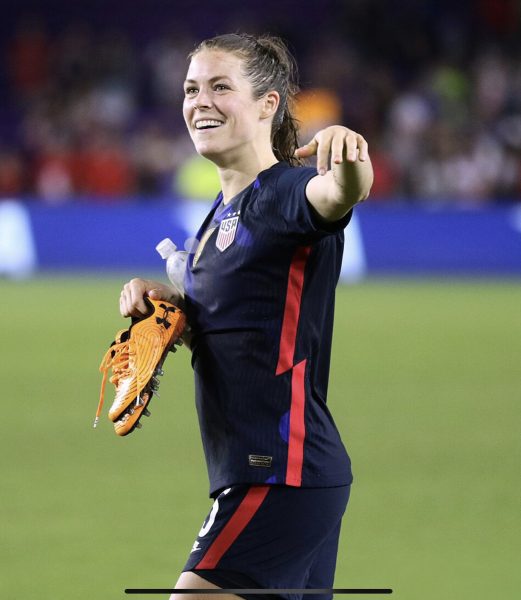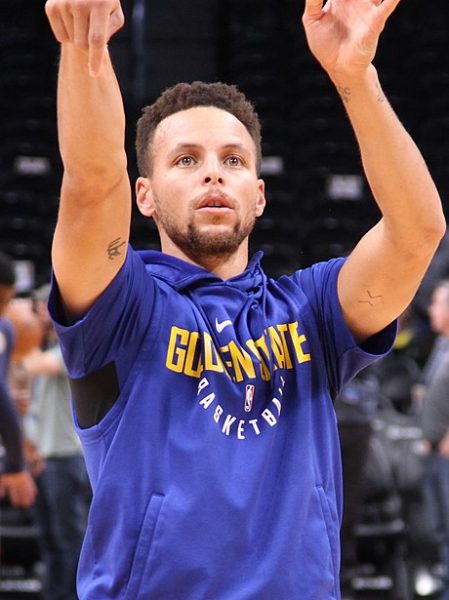Run For Your Life! It’s Worth It
Exercise levels in America are alarmingly low; a cycle of inactivity is a problem for physical health and mental well-being.

“I run for the finish line,” said Grace Zagoria ’23 (above).
“I hate running, and I try to avoid it as much as possible,” said Jordan Kreitner ’24. The last time that she ran, it was in heels, and she sprained her ankle.
She is not the only one on a running hiatus. “I don’t feel like running right now,” said her friend Sage Blank ’24.
In fact, most of the United States is on a similar break. The Centers for Disease Control and Prevention (CDC) claims that over 75% of Americans do not get enough daily exercise. And now as we will soon enter the third year of a global COVID-19 pandemic, this number is only rising.
“I don’t have time [nor the] energy for a strenuous workout,” said Nora Auburn ’24. Her story is a common one. But the importance of exercise is undeniable — it offers incredible mental and physical benefits — so the question now is, how does America get its motivation back?
The first step is in tackling time management. The average daily screen time per American adult is seven hours and eleven minutes, up more than 50% since the country went into lockdown in March of 2020 as a means of addressing the onset of the COVID-19 pandemic. Physical inactivity has skyrocketed in parallel, and there are no signs of it coming back down.
But this alone is only half the battle; more pressing is the mindset. You may not be surprised to hear this, but most people do not like exercise.
In fact, even Strava, an internet service that profits off of runners, admits that most of their clientele do not enjoy the sport. However, they found one key distinction in their research: runners with little experience ran mostly for health and body image purposes, while experienced runners were also motivated by the social and mental health benefits of running.
This first class, the beginners, Strava called reluctant runners. As their title suggests, they find little joy in exercise. But even in the span of a year, these runners often blossom into four new classifications: passionate, invested, fitness, and mindful runners. These types will derive more joy and purpose from their runs.
Hard as it is at first, exercise becomes easier.
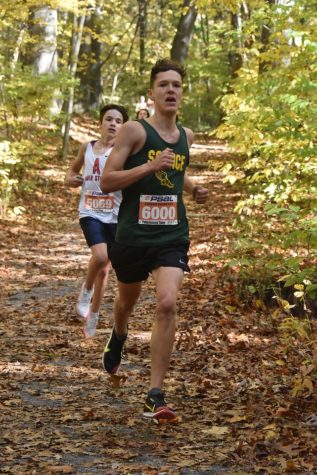
Take Julie Sløk. She is a Danish pastor living in Brooklyn, known for using the iconic hashtag #fasterpastor. Two years ago, she began marathon training, and today she qualifies for the Boston marathon. “You will get into it and then you’ll love it, that’s the thing,” Sløk said.
Progress is not instant, and getting to a place where exercise comes comfortably and naturally to a person takes time. But it is essential. Genevieve Dunton, a professor at the University of Southern California, told Time Magazine in an interview, “It’s much more unpleasant [to exercise] when you’re unfit.” The more a person prolongs activity, the more difficult it will be.
Comedian Fran Lebowitz is strongly against exercise. “Wellness, to me, is a greediness,” she said. “It’s not enough for me that I’m not sick, I have to be well.” She does not approve; health is for capitalists.
But health also means a decreased susceptibility to diabetes, cancer, heart disease, stroke, anxiety, and depression; this list might even give exercise some appeal.
“You will get into it and then you’ll love it, that’s the thing,” said Julie Sløk.
Yasmine Salha is an Editor-in-Chief for ‘The Science Survey.’ She is a proponent of accessible journalism, and loves to simplify complex and controversial...

